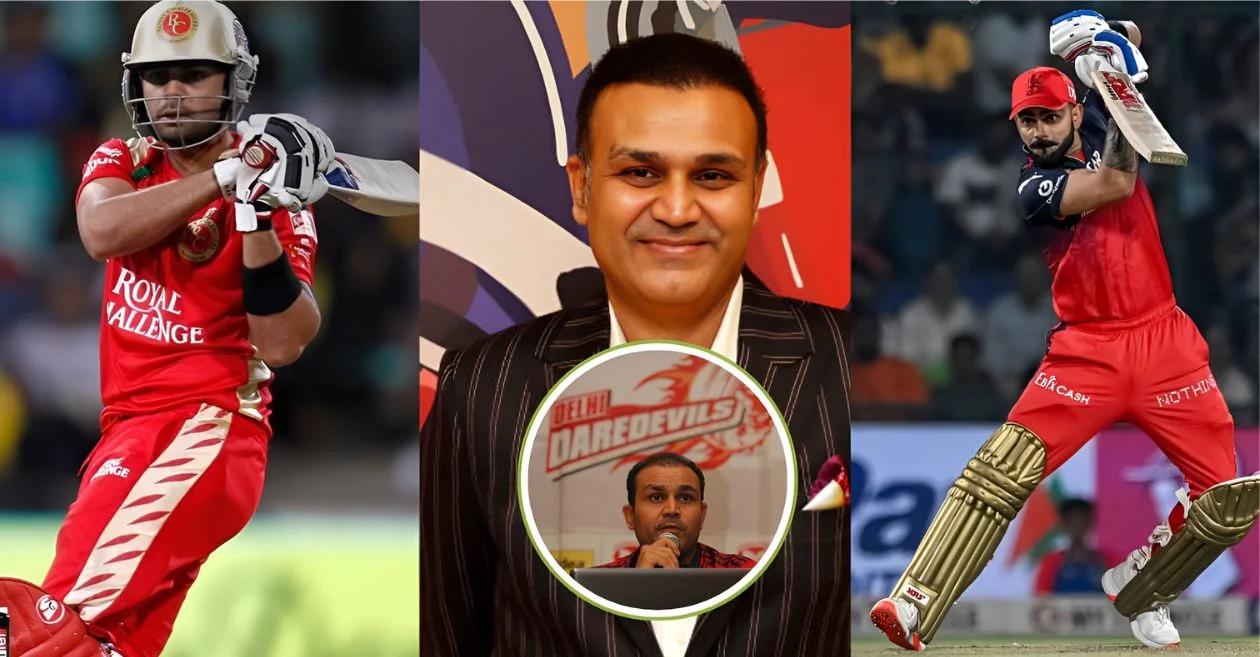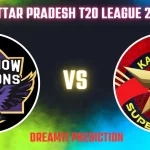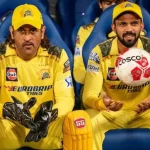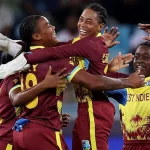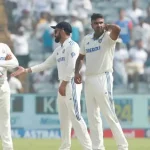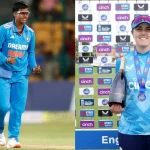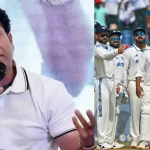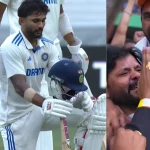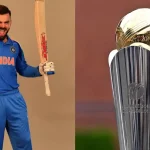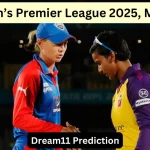In the annals of cricketing folklore, some stories are about what happened; others, about what could have been. One of the greatest “what-ifs” in the history of the Indian Premier League (IPL) dates back to its inaugural season in 2008, when the Delhi Daredevils (now Delhi Capitals) had the golden opportunity to sign a precocious young talent — Virat Kohli — but chose to let him slip away.
More than 17 years later, as Kohli continues to script history with Royal Challengers Bengaluru (RCB), the decision remains a haunting reminder of how a single draft call can alter not just the fortunes of a franchise, but the very landscape of a league.
The Perfect Fit That Never Was
In early 2008, Indian cricket was riding high on the success of a new crop of young players. Fresh off leading India to a historic triumph at the Under-19 World Cup, a fiery, self-assured Delhi boy named Virat Kohli was being touted as the next big thing.
Delhi Daredevils, with their strong local flavor — already boasting Virender Sehwag, Gautam Gambhir, and Shikhar Dhawan — seemed the natural home for Kohli. It was a story waiting to be written: Delhi’s native son, nurtured into a T20 phenomenon at home.
Yet, when the franchise sat down during the inaugural Under-22 draft, they chose otherwise. Instead of picking Kohli, Delhi opted for Pradeep Sangwan, a promising left-arm pacer from the same victorious U-19 team.
Their rationale? Bowling depth over batting surplus.
Virender Sehwag on Delhi’s 2008 Draft Decision
Speaking years later on Cricbuzz, Virender Sehwag, Delhi’s captain in 2008, offered insights into the fateful call.
“We already had enough top-order batters — me, Gambhir, Dhawan, Dilshan, and even AB de Villiers,” Sehwag explained. “What we lacked was bowling firepower. That’s why we went for a bowler.”
From a strategy standpoint, Delhi’s management was logical. The balance of their squad was tilted heavily toward batting brilliance. Adding another young batsman, even one as gifted as Kohli, seemed redundant. Instead, they sought to fortify their bowling arsenal, bringing in Sangwan to add left-arm variety and youthful energy.
It made perfect sense then. History, however, would prove otherwise.
Royal Challengers Bengaluru’s Masterstroke
While Delhi passed, Royal Challengers Bengaluru pounced.
At the time, RCB was assembling a star-studded lineup, headlined by Rahul Dravid, Jacques Kallis, Anil Kumble, and Zaheer Khan. But they also needed youthful energy and a long-term batting cornerstone.
Recognizing Kohli’s immense potential, RCB picked him up in the U-19 draft for a modest sum of $30,000.
That investment would become one of the most astute in IPL history.
While Kohli’s early years in the league were steady rather than spectacular, RCB showed faith. Season after season, Kohli matured, refined his craft, and evolved into the heart and soul of RCB — a journey marked by unwavering loyalty and breathtaking dominance.
2025: Kohli’s Triumphant Return to Delhi
Fast forward to April 27, 2025 — a full circle moment.
Virat Kohli returned to his hometown for an IPL 2025 clash between RCB and Delhi Capitals at the Arun Jaitley Stadium — the very ground where his cricketing dreams first took flight. Adding to the poignancy, he played in front of the Virat Kohli Pavilion, a fitting tribute to his immense contributions to Indian cricket.
In a script seemingly written by destiny itself, Kohli orchestrated yet another masterclass, guiding RCB to a six-wicket victory. His innings wasn’t just about runs; it was about vindication, a quiet reminder to Delhi — and the world — of what they missed.
The “What If” That Changed IPL History
Had Delhi signed Kohli in 2008, the ripple effects would have been enormous:
-
Delhi Daredevils’ Fortunes: Delhi, despite boasting powerful squads in the early years, repeatedly stumbled in knockout stages. A young Kohli could have provided the leadership and middle-order steel they so desperately lacked. Could he have led Delhi to IPL titles much earlier?
-
RCB’s Identity: Without Kohli, RCB’s very identity might have been different. No records for most runs in a season, no magical partnerships with AB de Villiers, no memorable chase masters to lift the team from despair time and again.
-
Kohli’s Growth: Would Kohli, within Delhi’s system, have been given the same long rope? Would he have flourished into the player and leader he is today without RCB’s unwavering backing?
-
IPL’s Branding: Kohli’s fierce loyalty to a single franchise has been a marketing dream. His rivalry with franchises like CSK and MI, his passionate celebrations, and his high-profile persona added unparalleled spice to the league.
Pradeep Sangwan: The Other Side of the Story
While Kohli soared, Pradeep Sangwan had a career arc marked by unfulfilled promise.
Sangwan showed flashes of brilliance in IPL 2008, picking up 8 wickets. However, injuries and inconsistency hampered his progress. Over the years, he became a journeyman, turning out for different franchises like Kolkata Knight Riders and Gujarat Titans.
While Sangwan carved out a respectable domestic career, he never reached the heights that a certain Delhi boy named Virat Kohli did.
In hindsight, the decision to prioritize Sangwan over Kohli stands as a classic case of short-term needs blinding long-term vision.
Kohli and RCB: A Bond Like No Other
One cannot discuss Virat Kohli’s IPL journey without marveling at his unbreakable bond with RCB.
In a league known for frequent player trades and franchise hopping, Kohli has been an outlier. He has represented RCB every single season since 2008 — a staggering 18-year loyalty streak unmatched by any other player.
Despite the elusive IPL trophy, Kohli’s passion for RCB has never waned. His highs — like the record-shattering 973 runs in IPL 2016 — and lows — like painful final losses — have all been intertwined with Bengaluru’s emotional fanbase.
In many ways, Kohli isn’t just an RCB player; he is RCB.
Revisiting the 2008 Draft: The Bigger Lessons
Sehwag’s explanation underscores a crucial lesson: sometimes, short-term logic fails to account for once-in-a-generation talents.
Building a T20 squad requires balance, but franchises must also recognize when a player’s upside is too high to ignore. Kohli wasn’t just another batter; he was a future captain, a brand ambassador, and a generational performer wrapped into one.
Delhi’s 2008 decision serves as a cautionary tale for IPL teams even today: investing in future superstars can outweigh immediate roster needs.
Kohli’s Milestones: A Testament to What Delhi Missed
Since that 2008 draft, Kohli’s IPL journey has been decorated with:
-
Over 7500 IPL runs (most in league history)
-
7 IPL centuries (the most by any player)
-
Orange Cap winner (2016)
-
RCB captaincy from 2013 to 2021
-
Iconic partnerships with AB de Villiers
-
A pavilion named after him at the Arun Jaitley Stadium
Each record, each ovation, is another reminder of Delhi’s colossal miss.
A Sliding Doors Moment That Redefined IPL
Sport is often defined by sliding door moments — where a single decision sets two paths racing apart. For Delhi Daredevils, passing on Virat Kohli in 2008 wasn’t just a missed signing; it was a moment that shifted the axis of IPL history.
Today, as Kohli continues to inspire awe with every cover drive, every clenched-fist celebration, and every run for RCB, Delhi Capitals and their fans can only wonder — what might have been.
In cricket, as in life, opportunities come once. And sometimes, the ones you let slip turn out to be the greatest of all.
Please check for information on the best betting sites in India – https://selectory.org/best-betting-sites/
